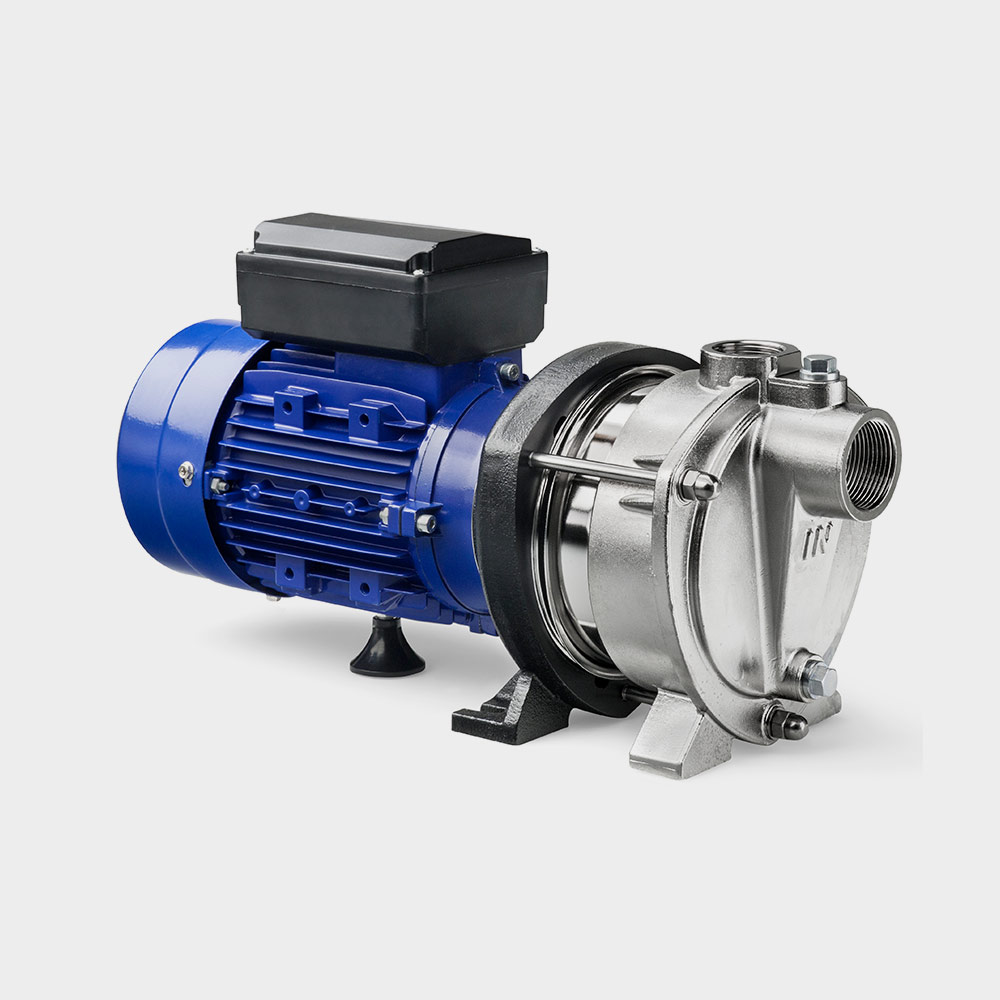
Self Priming Pumps Move Liquid With Centrifugal Force Dura Pump
August 18, 2022. A self-priming pump is a specific type of fluid pump that needs to be filled with a liquid within the pump cavity or pump body to start the pumping process. This design feature provides an opportunity to increase operating efficiency in process plants where pumps are used for a series of repeated but intermittent operations.
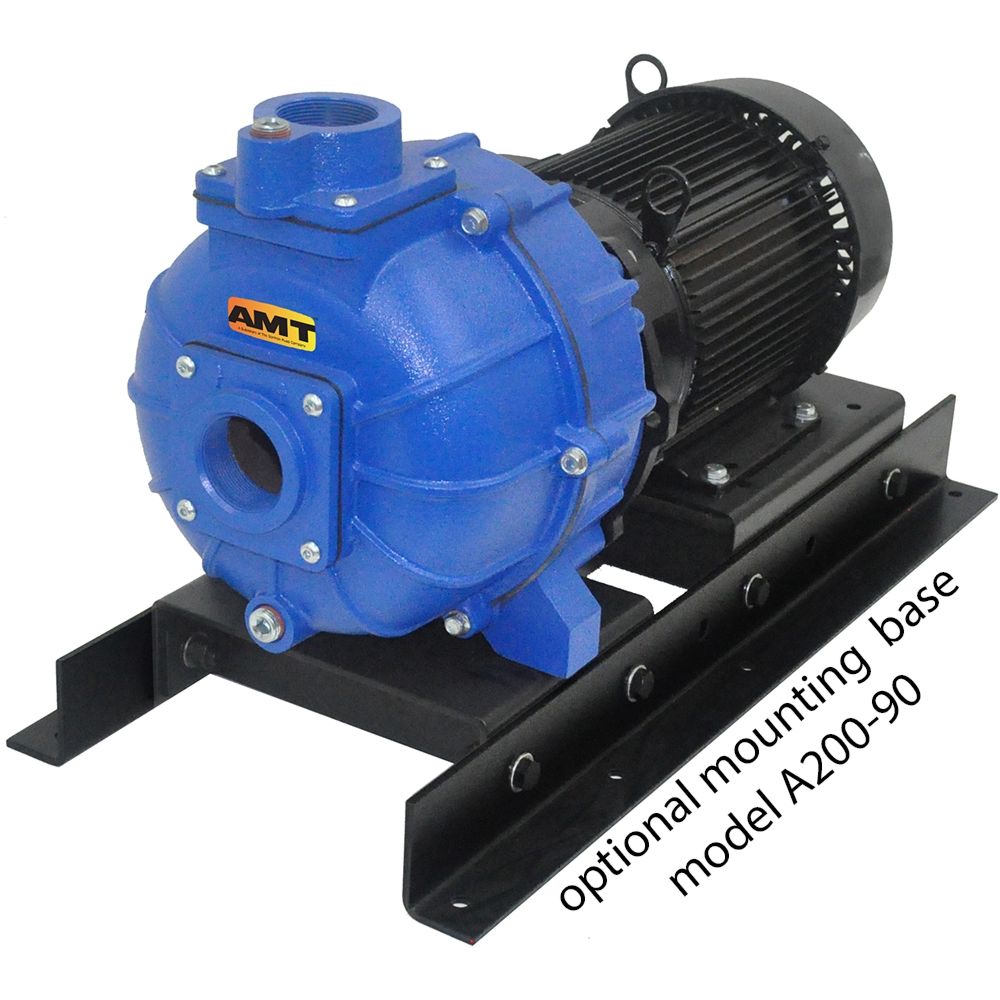
AMT 480495 10HP Self priming High Pressure Pump
A self-priming pump is a type of pump that contains a sufficient amount of liquid in its cavity to start pumping. This can improve operational effectiveness in the process plant where the pumps are employed for multiple irregular and repetitive processes. To start the self-priming pump, water or other liquid must be in the pump housing.
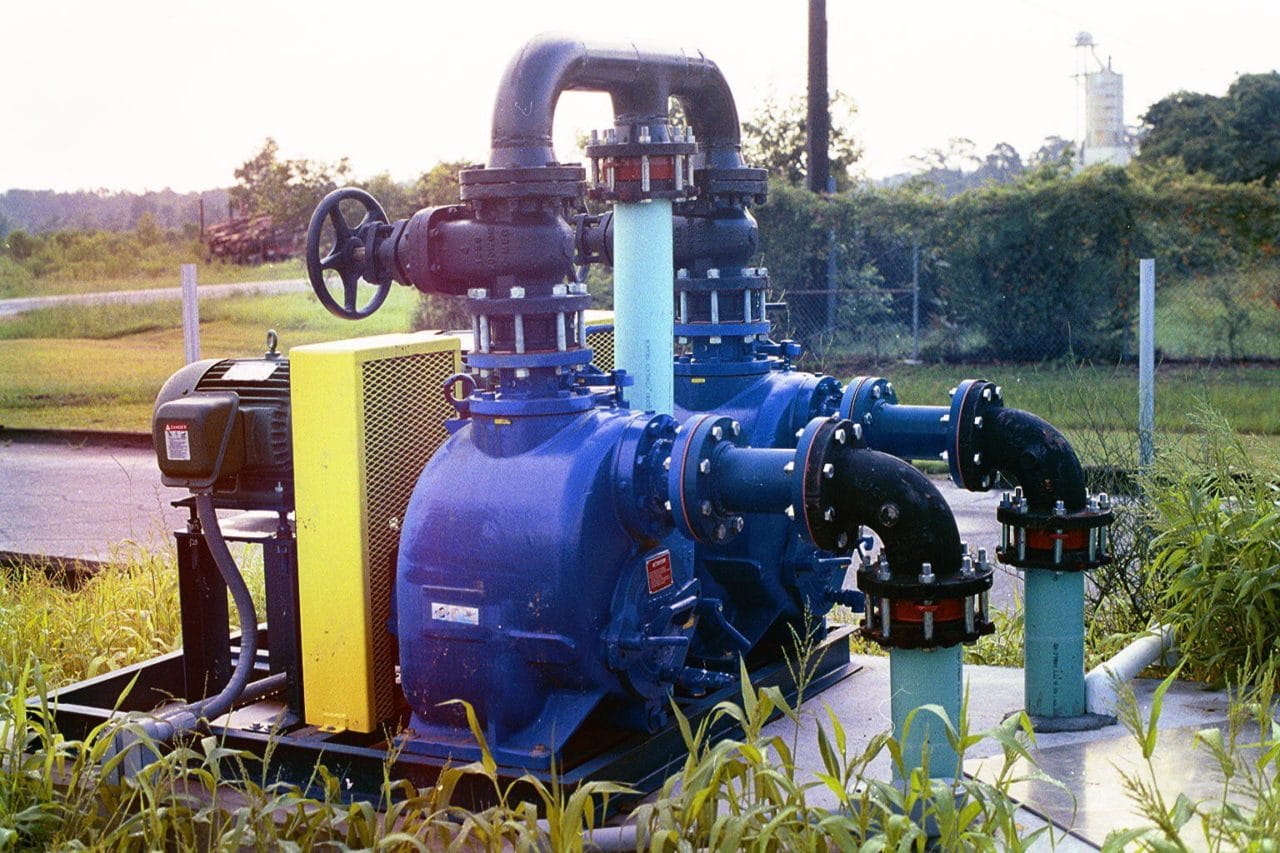
All Prime SelfPriming Pumps Kerr Pump & Supply Industrial
Self-priming pumps are liquid pumps constituting a pump body/cavity filled with a liquid that aids in carrying out the process of pumping. They are useful if a pump needs to be located above the liquid level that must be pumped. These pumps are completely or partially placed above the liquid's level and direct the air into the suction line.

SelfPriming Pumps Intro to Pumps
Self priming pumps and Centrifugal self priming pumps are ideal options for most needs, saving time, energy, and effort in several industrial applications. DAE Pumps is the best bet for accessing a vast line-up of products in this segment while improving productivity, lowering maintenance and down time.

Different Types of SelfPriming Pumps Unfolded Magazine
Listen Now. Self-priming pumps are a specific type of liquid pump designed to have the required liquid inside the cavity or pump body necessary to start the pumping process. This offers the potential for increased operating efficiencies in process plants where pumps are used for a variety of repeated yet intermittent operations.
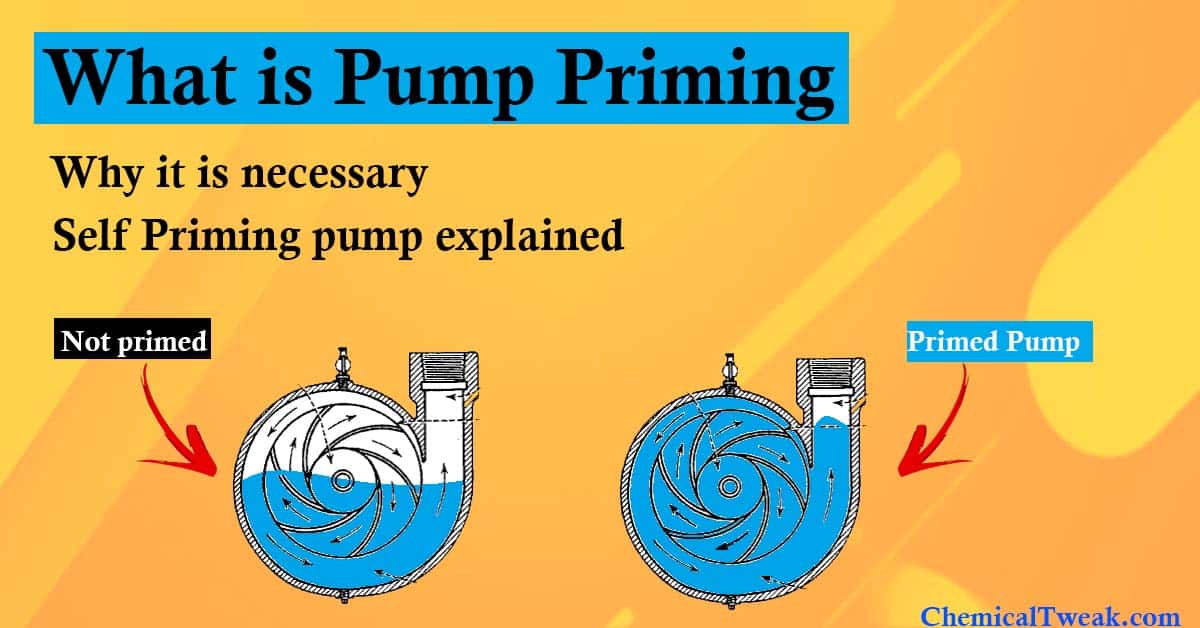
What Is Pump Priming And Self Priming Pump In Details And Example
Self-priming pumps operate by fluid recirculating within the pump head, which creates a vacuum. This causes air to be evacuated from suction pipework, until fluid enters the impeller of the pump. The design of self-priming centrifugal pumps reduces pump efficiency to some extent, due to the separation chamber within the pump head which works.

What is SelfPriming Pump? How does a Self Priming Pump work?
Self-priming pumps are a type of pump that can automatically prime themselves without the need for external priming. They are commonly used in applications where the pump needs to be able to start and operate without manual intervention. Self-priming pumps are efficient and reliable, making them suitable for various industries and applications.
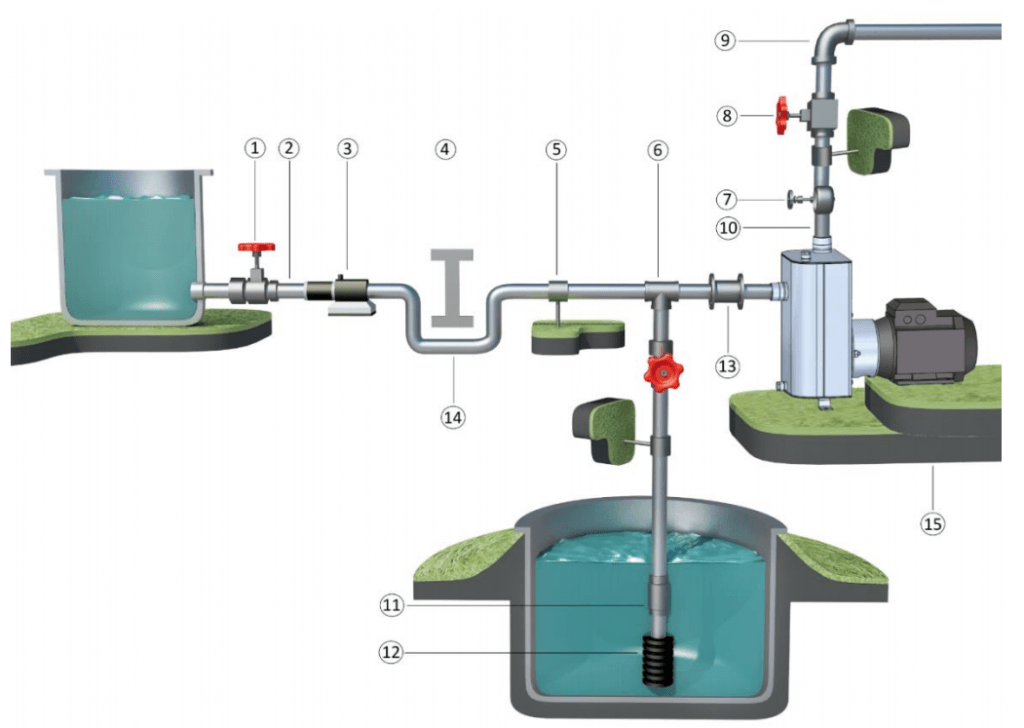
Industrial Self Priming Centrifugal Pump TS Pumps
A self-priming pump may be what you need. It automatically removes air or gas from the pump casing, enabling it to start and operate effectively. It is used for pumping water and fluids along with raw sewage, gray water, or clear water. Self-priming pumps have applications in various sectors due to their versatility.

GMP Electric Driven Self Priming High Head Pumps Pumps from pump.co
All you need to know about self priming pumps and how to choose the best for your industrial application (FPS, Goulds, Marlow Series). Click here for more in.
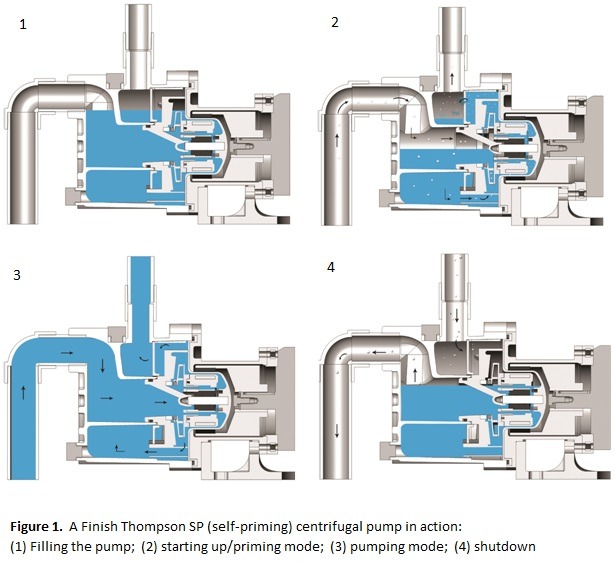
What is a SelfPriming Pump and How Does it Work? Anderson Process
How does a self-priming pump work? A self-priming pump is a very special centrifugal pump. In this video, Jos talks about what a self-priming pump is, how it.

Self Priming Pumps 4 Unexpected Ways Self Priming Centrifugal Pump
A self-priming pump is a type of centrifugal pump designed to automatically remove air or gases from the suction side of the pump during the priming process. In traditional centrifugal pumps, the pump casing and impeller must be filled with liquid (primed) before the pump can start pumping effectively.However, self-priming pumps are specifically engineered to overcome this limitation.

SelfPriming Pumps A Complete Guide
An introduction to self-priming pumps. Pumps are designed to move liquid from one place to another. So, if air gets into the system, the pump can no longer do its job. Air locks typically occur in situations where the pump is installed above the liquid. If it's not fully submerged, it can draw in air instead of fluid, which can lead to it.
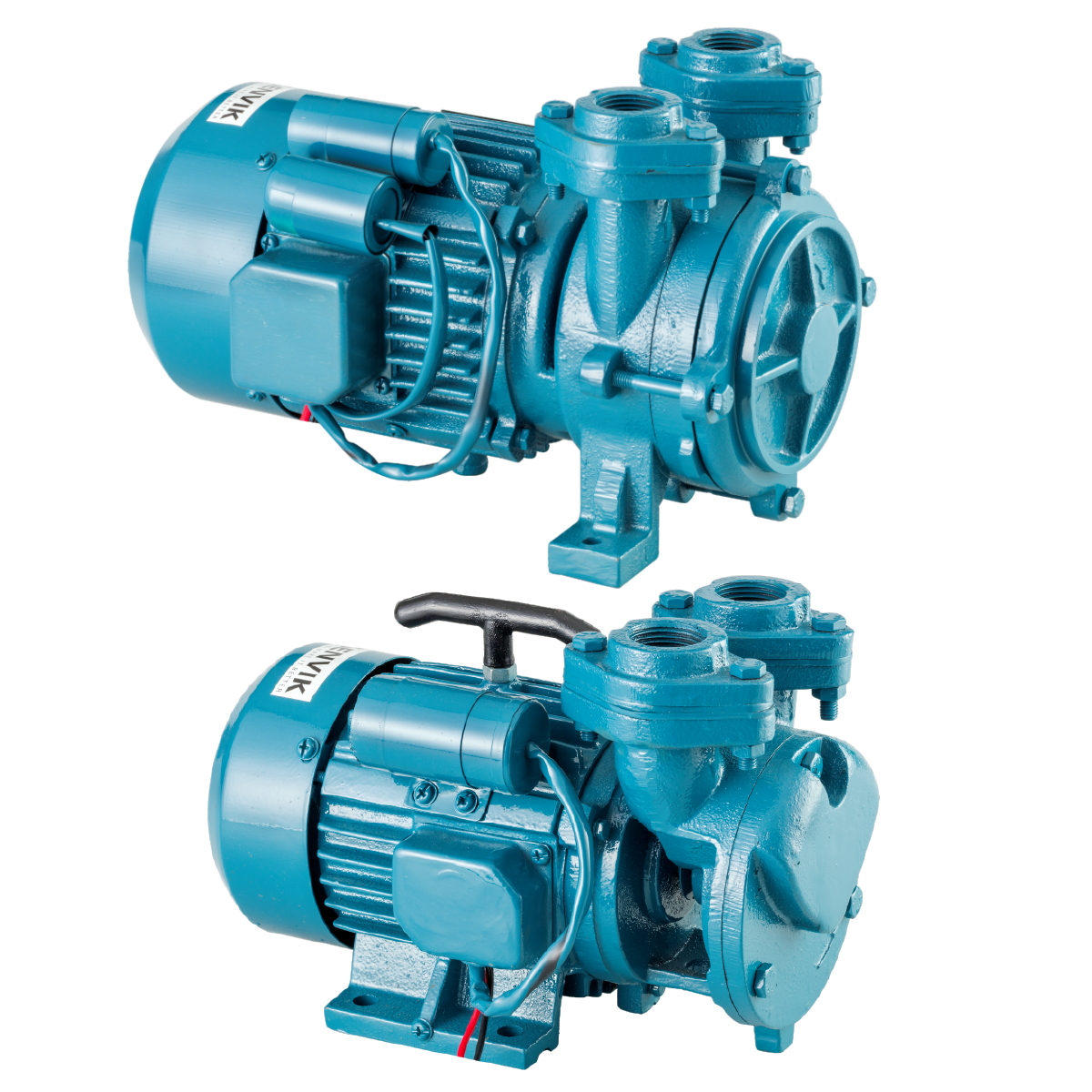
Regenerative Self Priming Monoblock Pumps Genvik We make it better
These types of pumps suffer flow-rate losses when moving viscous liquids. They also produce significant turbulence, which can lead to the foaming of the liquid. What Are the Different Types of Screw Pumps? Screw pumps are typically categorized by the number of screws they use. The following lists some of the most common types of screw pumps: 1.
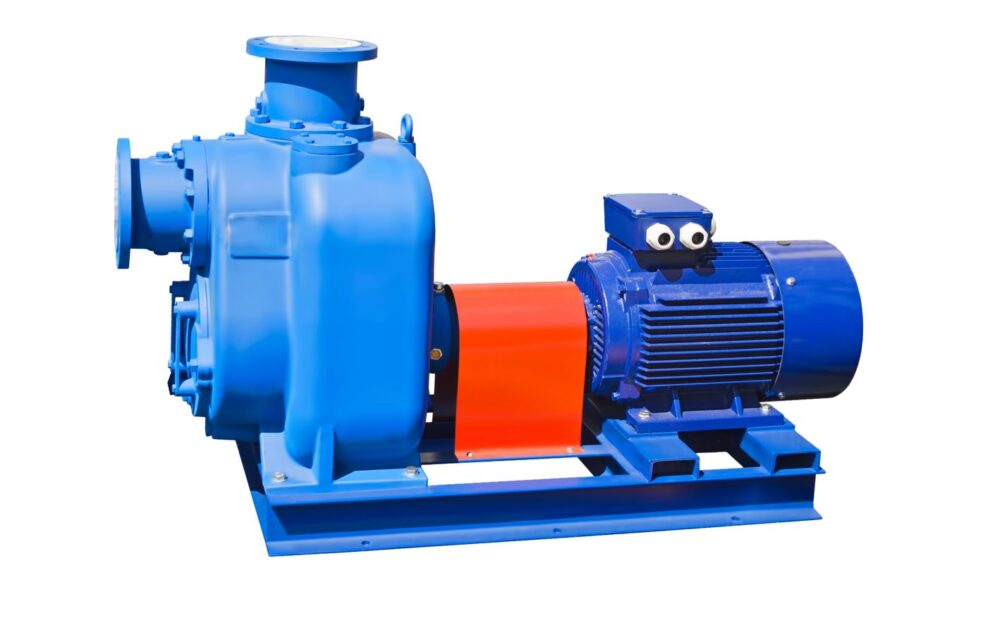
What is a SelfPriming Pump and How Does it Work? Anderson Process
Self priming water pumps are usually centrifugal pumps that can pump approximately 40 liters (l) per minute. The seal-less self-priming pump is designed for heavy-duty applications. Commonly transported media include liquids, slurries, solvents, salts, and acids. Self priming pumps that can transfer fluids or gases in the forward or backward.
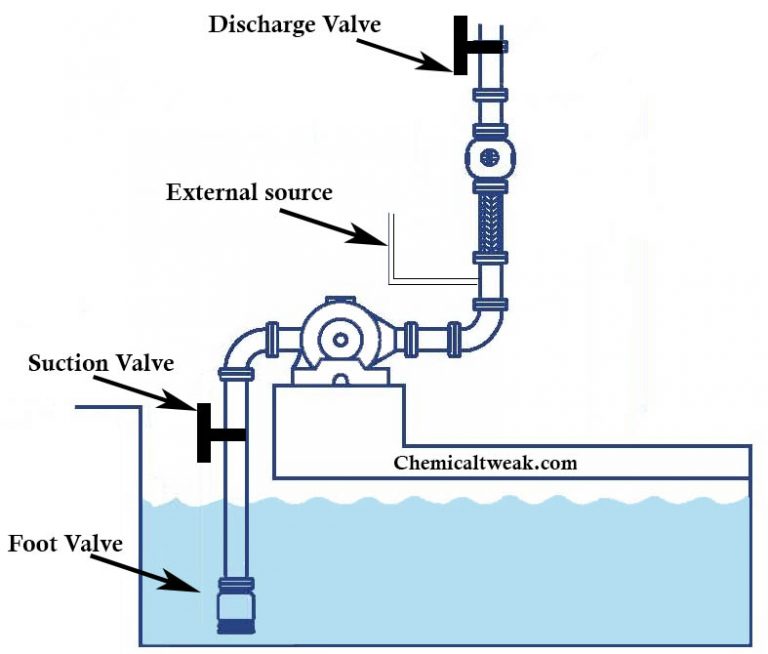
What Is Pump Priming And Self Priming Pump In Details And Example
Such a pump is considered to be self-priming. How Do Self-Priming Pumps Work? To avoid the mixing of air and water, self-priming pumps create a partial vacuum to discharge water while also evacuating any air. It does this by combining the air and water during the priming process, forcing the air to rising and the water to sink or go down.
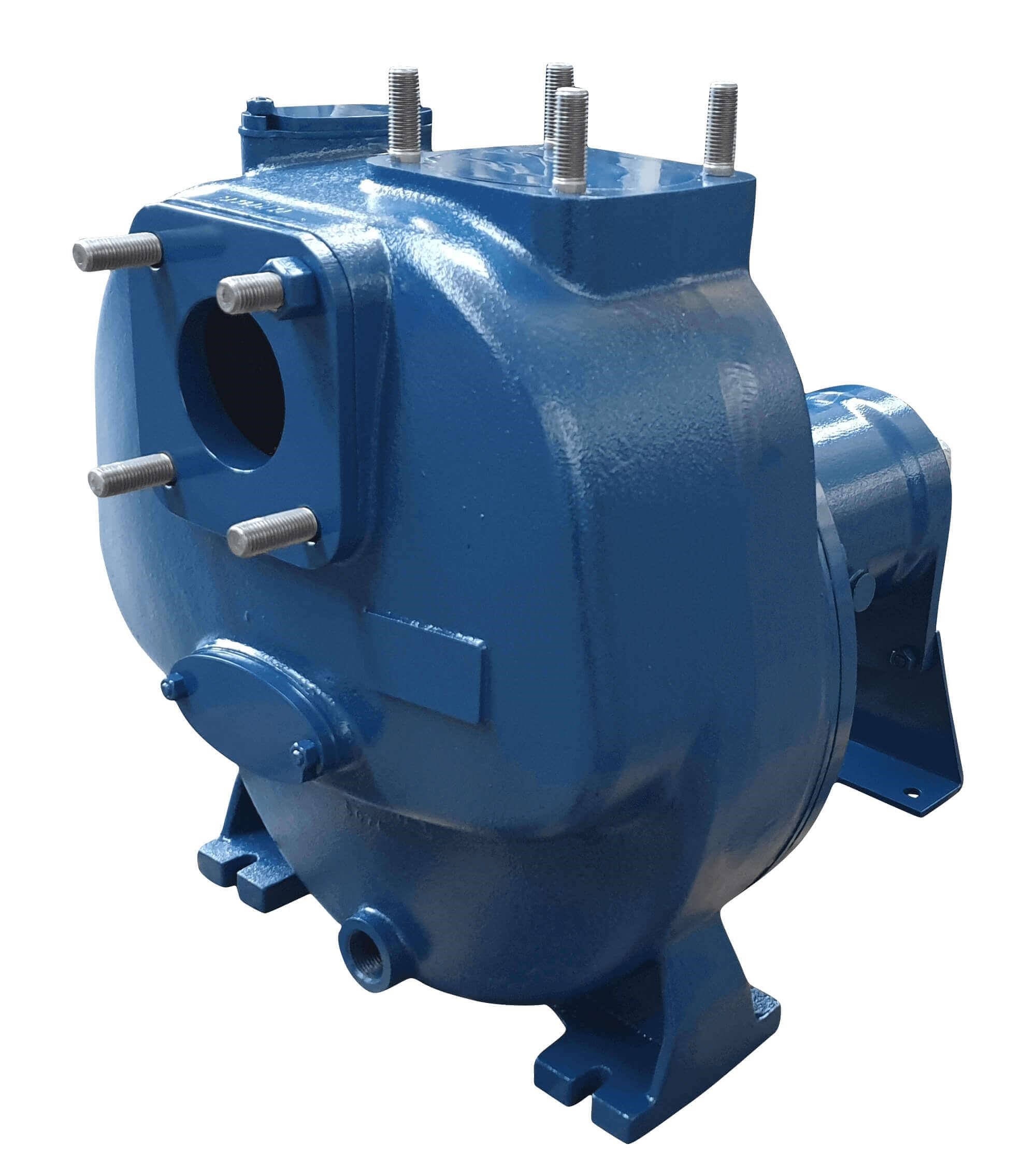
XR325 Self Priming Centrifugal Pump
What is a Self-Priming Pump and how does it work? A self-priming pump is a type of pump that can create its own suction. It does this by using the energy from the flowing liquid to create a vacuum, which in turn creates the suction needed for the pump to work. The process of priming is not required with this type of pump, as it will prime.